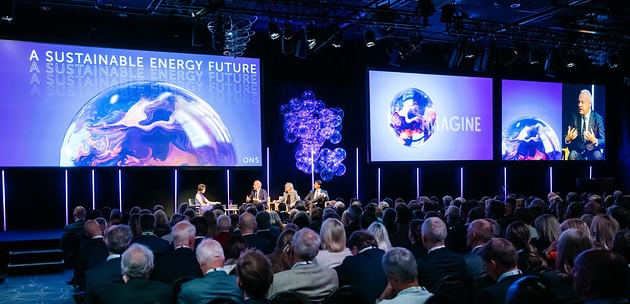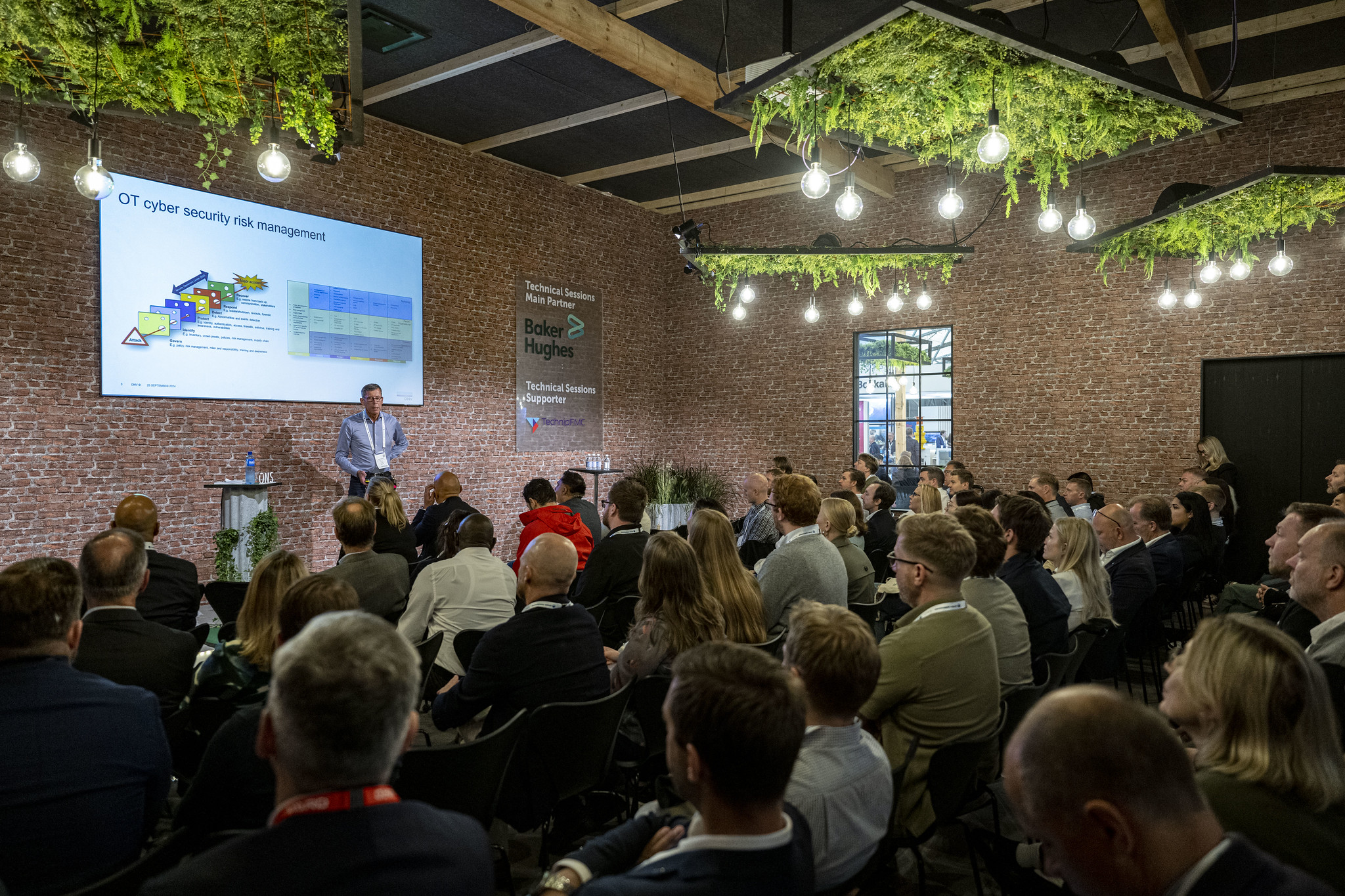The Energy Agenda
Energy security – the unresolved challenges
After close to a year of war in Europe and rapid changes in the energy market, the achievement of stability is remarkable, writes ONS Guest Writer Nick Butler.


In his analysis, he points to plenty of challenges ahead:
- The role of oil, gas, and coal – still crucial
- China is opening up – and increasing the need for energy – to whose expense?
- The decline of the European nuclear sector – increased need for gas
- The need for minerals and rise of renewable
Gas prices in Europe have fallen dramatically from their peak in August. The winter is not over but so far there has been no rationing of energy supplies to consumers and no blackouts. Europe has adjusted to the loss of Russian supplies far more easily than most consumers expected. Some demand has been suppressed, some extra supplies have found – for instance from the United States and Qatar. Stocks have been maintained at around a quarter of annual consumption in France and Germany but have so far been unused.
The achievement of stability is remarkable and a rebuff to the speculators who panicked in the summer pushing prices up to over €300/Mw. But that does not mean that European energy security is assured. Crisis management has worked, particularly in Germany but the underlying challenge remains one of dependence on external suppliers in a volatile international market.
Hydrocarbons – still on top
The first hard fact is that Europe’s energy needs continue to be met by hydrocarbons. Oil, gas and coal account for more 75 per cent of final energy consumption even in Germany. Most of the oil and gas is imported. Renewables are growing but still account for 14 per cent of total demand. The volume of imports required will grow as production within the EU continues to decline. The North Sea is a mature province. Supplies of natural gas from Holland for instance are now down to a quarter of the level they reached a decade ago.
That leaves the EU reliant on the international market and vulnerable to the imbalance which has developed between global demand and supply. That imbalance caused the rise in prices which occurred before the Russian invasion of Ukraine.
The return of China to the market
The relative calm in the market over the last six months has been due to the subdued economic circumstances in China, now the world’s largest single consumer of energy accounting for over 25 per cent share of global demand and the largest single importer of both oil and gas. A revival of the Chinese economy after the easing of lockdown restrictions will once again pull supplies into China and other parts of Asia.
Oil and gas supply is inelastic in the short term. The long period of underinvestment which resulted from the fall in prices which occurred in 2014 is only now coming to an end. That shortfall caused the increase in prices which occurred before the invasion of Ukraine and remains a problem because new developments typically require at least a 3-to-5-year lead time before they come onstream. A significant shortfall with demand outstripping supply could well recur in 2023, particularly if the remaining limited flow of Russian supplies through the TurkStream line is cut off.
Nuclear is not filling the gap
The second source of continued insecurity is the decline of the European nuclear sector. German production remains at minimal levels from the last three nuclear plants which have been reprieved for the moment.
In France the older nuclear stations which sustained French energy security for the last four decades are showing their age. Almost half remain out of action at the end of 2022 as maintenance works continues. Many of the rest are reaching the point at which either decommissioning or full-scale refurbishment will be needed. The only new nuclear capacity under construction across Europe at present consists of the two EPR reactors being built at Flamanville in Northern France and Hinkley Point in Southern England. Both are years behind schedule and billions of Euros over budget. None of the other nuclear projects under discussion are likely to come onstream within the next decade. The result is that the nuclear contribution to energy supply will decline through the 2020s. Even with a steady growth in renewables this means that Europe will require more imported gas.


Rare minerals and the rise of renewables
Wind and solar will make a positive contribution to indigenous energy supply but even renewables are not free from security concerns. As the IEA pointed out last week progress in delivering the energy transition is dependent on imports of minerals and rare earth elements the sources of which are largely concentrated in China and the Democratic Republic of Congo. The drive to develop renewables may reduce climate risks but in doing so generates a new form of dependence.
There are no easy solutions to any of these challenges. Energy is likely to cost more than it has over most of the last decade as Equinor Chief Executive Anders Opedal said in Davos recently.
Diversifying the range of suppliers instead of depending on a limited number of Russian controlled pipelines will help, as will a drive for energy efficiency and reduced levels of consumption. But dependence on external suppliers will remain.
Energy is now a permanent feature of Europe’s security concerns.

Ticket sales for ONS 2026 are now open
post

Speaker opportunity at Technical Sessions
post


